There’s a unique kind of pressure that comes with back-to-school shopping. It’s not just about ticking items off a list; it’s about balancing practicality with a desire to give your child the best start to the academic year. Each year, parents find themselves entangled in a web of marketing tactics and peer pressure, often leading to overspending on school supplies. Here are 15 school supplies that parents often spend too much on and how you can avoid the trap.
1. Trendy Backpacks

The allure of a designer backpack can be hard to resist, especially when brands promise durability and superior design. Yet, in reality, many high-end backpacks offer little more than a logo and a hefty price tag. The truth is, children often outgrow these backpacks or wear them out quickly, leaving you with a costly accessory that didn’t truly deliver. Opting for a mid-range backpack with sturdy construction can save you money without sacrificing quality.
Research by Consumer Reports suggests that some of the best backpacks come from lesser-known brands that focus more on functionality than fashion. These often feature padded straps and multiple compartments, providing comfort and organization. Remember, your child is more interested in what’s inside the backpack than the logo on the outside. Choosing practicality over prestige can teach valuable lessons about brand perception and budget management.
2. Themed Lunchboxes
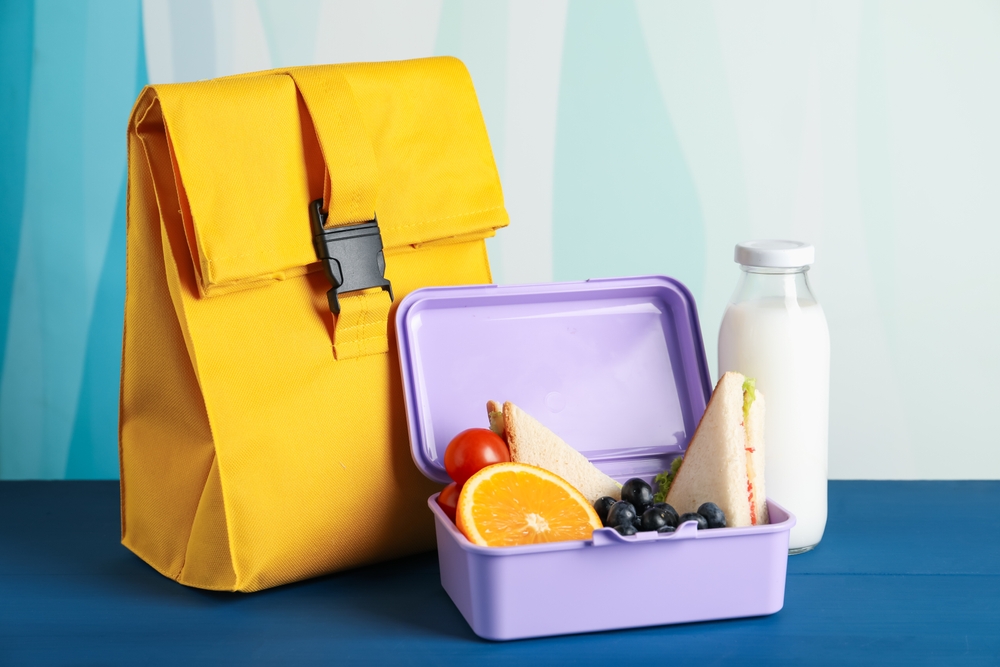
Lunchboxes adorned with the latest cartoon characters or trending themes can be tempting. However, these fads fluctuate faster than you can say “lunchtime,” and children’s interests shift even more rapidly. Investing in a high-priced, trendy lunchbox is a gamble on your child’s ever-changing tastes. Instead, seek out timeless designs that are both functional and appealing.
A good lunchbox should focus on thermal insulation, ease of cleaning, and compartmentalization to keep food fresh and organized. Stainless steel or BPA-free plastic options often provide a better balance of durability and safety without breaking the bank. You’ll find that children are more excited about what’s for lunch than what it’s packed in. Ultimately, it’s the meal that matters, not the packaging.
3. High-Tech Calculators

Graphing calculators can be notoriously expensive, especially those featuring the latest technology and gadgetry. Many parents splurge on models they assume will give their child an academic edge. Yet, most students only need basic functions that are available in much cheaper versions. Spending extra on high-tech features that won’t be utilized is an often-overlooked area of unnecessary expense.
According to an article in Education Week, many teachers recommend sticking to the calculator model specified by the school curriculum. Advanced features can sometimes even distract from learning core mathematical concepts. Before making a purchase, review your child’s math requirements and consult with their teacher if needed. This ensures you’re investing in a tool that will genuinely benefit their education, rather than an overpriced gadget.
4. Fancy Notebooks

It’s easy to get caught up in the allure of premium notebooks with their intricate designs and high-quality paper. The thought of your child jotting down notes in these elegant pages can seem worth the investment. However, in practice, these notebooks often end up crammed into backpacks or forgotten under beds. What truly matters is the content, not the cover.
Instead of splurging on designer notebooks, consider purchasing simple, durable ones that can withstand daily wear and tear. You can always personalize them with stickers or covers to make them more appealing to your child. This approach not only saves money but also encourages creativity. Ultimately, it’s what they write that counts, not what they’re writing on.
5. Specialty Art Supplies

Art supplies can quickly become a costly affair, especially when brands market specialty items as essential for creativity. It’s understandable to want to fuel your child’s artistic flair with the best tools available. Yet, many of these high-priced supplies are unnecessary for budding artists. Basic supplies can be just as effective in fostering creativity without the financial burden.
An expert from the Art Institute advises starting with fundamental items like colored pencils, markers, and sketchpads. These allow children to explore their creativity without the intimidation of expensive, professional-grade materials. Not to mention, children often experiment with different mediums, so sticking with basics can keep exploration affordable. This balance encourages artistic growth without overwhelming your budget.
6. Brand-Name Clothing

The pressure to dress children in brand-name clothing for school can be intense. While it’s natural to want your child to fit in, it’s equally important to balance style with practicality and cost. Children grow quickly, sometimes outpacing even the most stylish wardrobe choices. Opting for quality over a brand logo can be a more sustainable choice.
Look for durable fabrics and classic styles that can withstand playground roughhousing and frequent laundering. Many affordable brands offer stylish options that don’t compromise on quality. Remember, confidence in the classroom comes from comfort and self-expression, not the label on clothing. By choosing wisely, you can provide both.
7. Sports Equipment
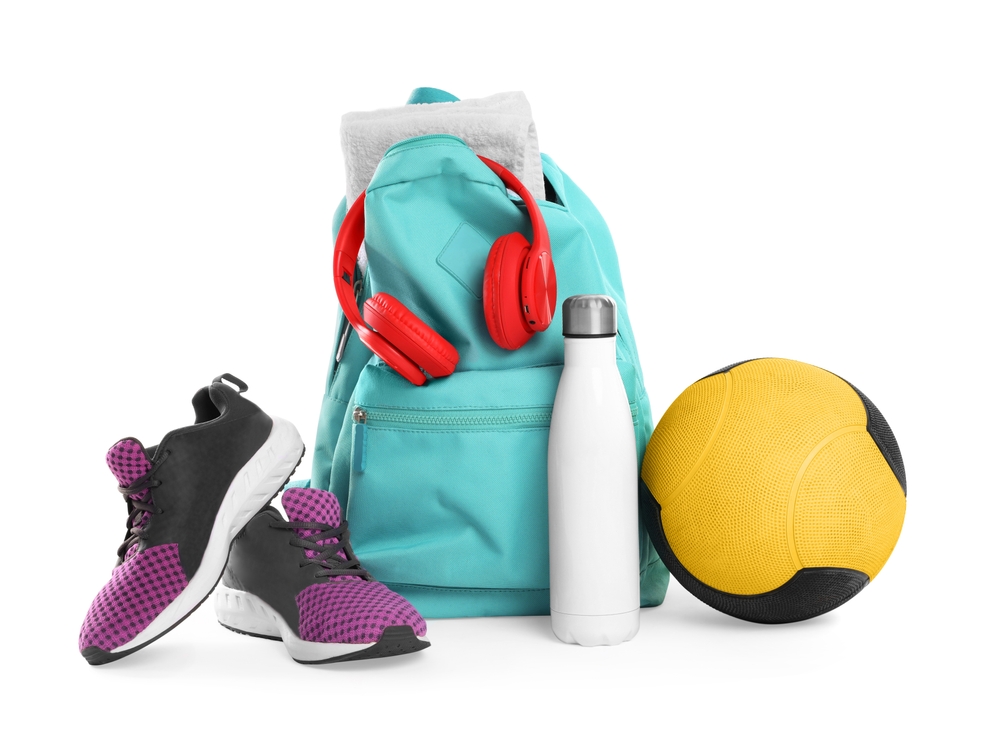
Investing in expensive sports equipment can seem like a necessary step for the budding athlete. However, children’s sports interests can be as fleeting as their other hobbies, making such purchases risky. Buying top-of-the-line gear before a genuine commitment to the sport can lead to regret. Opt for second-hand or rental options until your child is fully committed.
According to Sports Illustrated, many young athletes can achieve their potential using standard equipment. They emphasize the importance of skill development over having the latest gear. As your child’s interest and skills grow, you can gradually invest in better equipment. This approach ensures your money is well-spent and matches their commitment level.
8. Designer Stationery
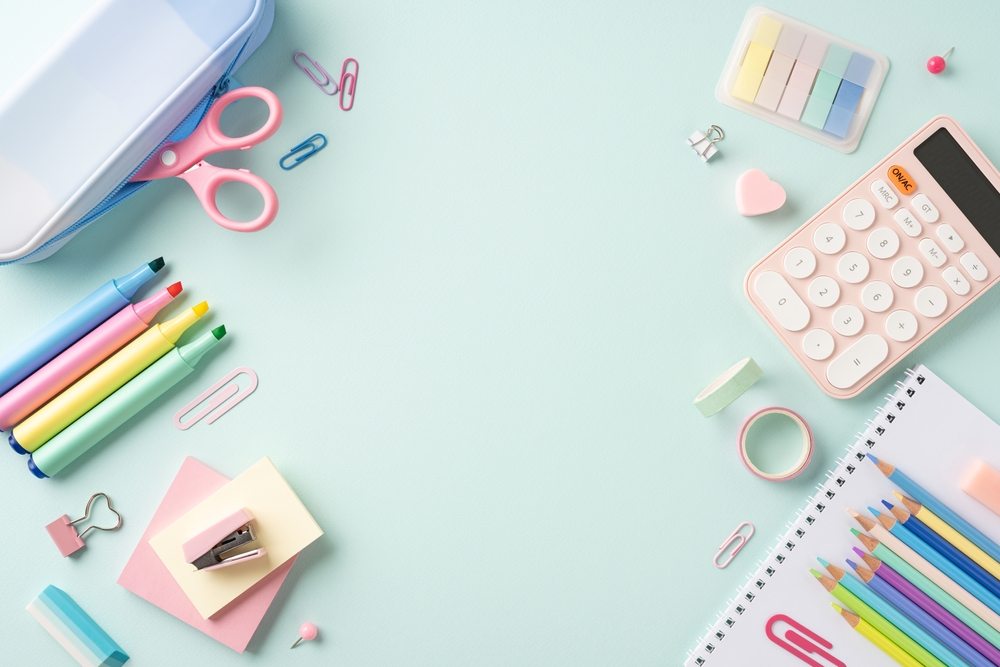
Designer stationery often dazzles with its vibrant colors and stylish motifs, seducing any parent into thinking it will inspire academic brilliance. Yet, amidst doodles and scribbles, the appeal of such extravagance quickly fades. What truly aids learning is the act of writing itself, not the stationery’s aesthetic allure. Basic, good-quality stationery often does the job just as effectively.
Instead of indulging in expensive designs, consider purchasing affordable options in bulk. These can be jazzed up with fun stickers or stamps to personalize them. This keeps costs down while still giving your child a sense of ownership. Remember, it’s the thoughts and ideas penned that make the difference, not the pen or paper used.
9. Digital Gadgets

The temptation to equip your child with the latest digital gadgets can be overwhelming. Whether it’s tablets for e-learning or digital planners, technology often promises an edge. However, many children end up using these gadgets for leisure rather than learning. A basic device or even traditional materials often suffice for academic purposes.
Assess whether the gadget truly enhances your child’s learning experience or if it serves as a distraction. Many assignments still benefit from traditional methods of research and note-taking. Consulting with teachers about necessary tech requirements can prevent unnecessary spending. It ensures that any investment genuinely supports your child’s educational journey.
10.Fancy Water Bottles
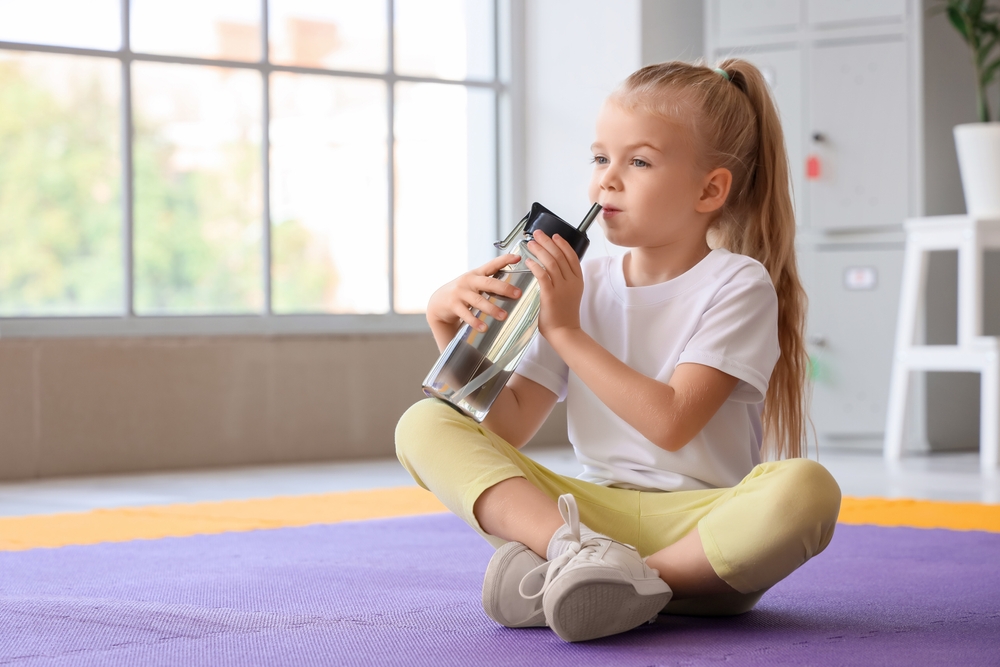
Hydration is key, but splurging on a high-end water bottle isn’t necessary to achieve it. Brands often market these bottles as lifestyle statements rather than functional items. Children are prone to losing or damaging them, making expensive options impractical. A sturdy, affordable bottle can serve the purpose equally well.
Look for bottles that are BPA-free, leak-proof, and easy for little hands to use. Many cost-effective options also feature fun designs that children love. The focus should be on practicality and ease of use rather than the brand name. After all, it’s the water that quenches their thirst, not the bottle’s prestige.
11. Personalized Labels
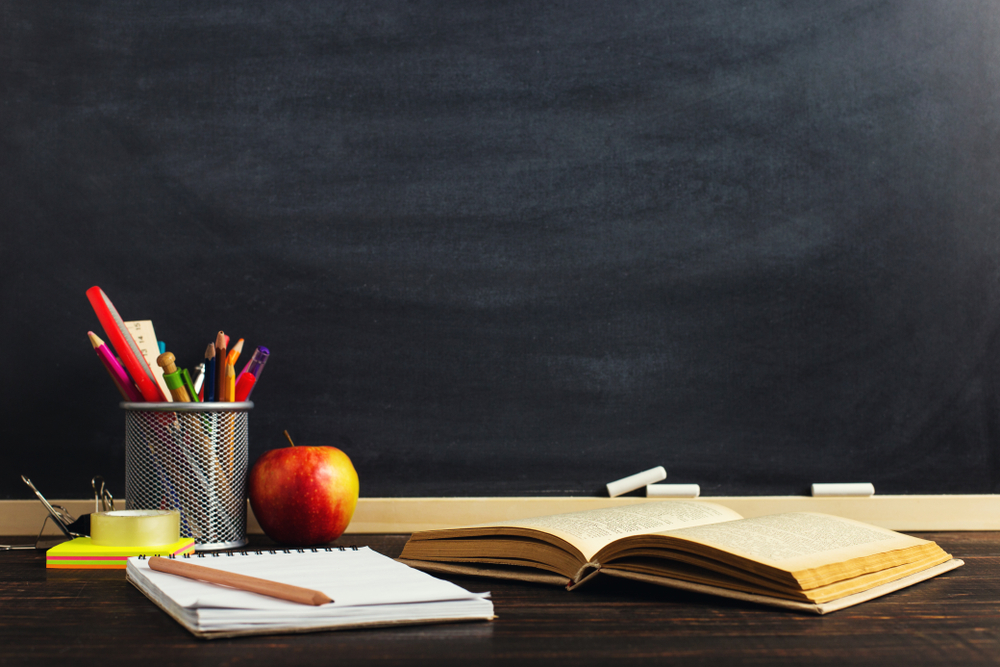
Personalized labels promise to keep track of your child’s belongings, ensuring nothing gets lost in the school shuffle. While this sounds appealing, the costs can add up quickly. Children frequently outgrow both their items and labels, rendering the personalization unnecessary. Simple, generic labels can achieve the same goal without the extra expense.
Consider using a label maker or buying pre-made labels in bulk. These options provide the flexibility to label as needed, without committing to names or designs. This way, you ensure practicality while keeping costs manageable. Ultimately, it’s about keeping track of items, not customizing them.
12. Extra-Curricular Kits
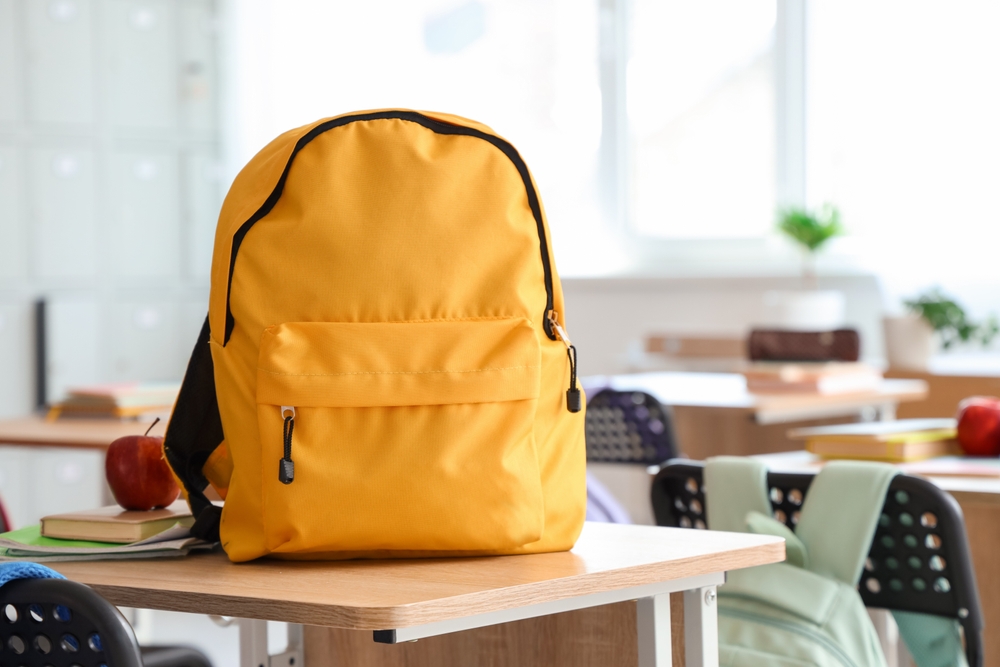
Extra-curricular kits often come with the promise of being essential for your child’s after-school activities. Whether it’s a science kit, a music starter pack, or a dance set, they can be enticing. However, children’s interests can evolve, and these kits often end up gathering dust. It’s more cost-effective to start with basics and build as interests solidify.
Instead of buying complete kits, consider borrowing or renting equipment initially. This approach allows your child to explore without a hefty upfront investment. As they show genuine interest and commitment, gradually acquire more specialized items. This method balances exploration with mindfulness about your financial investment.
13. Deluxe Pencil Cases
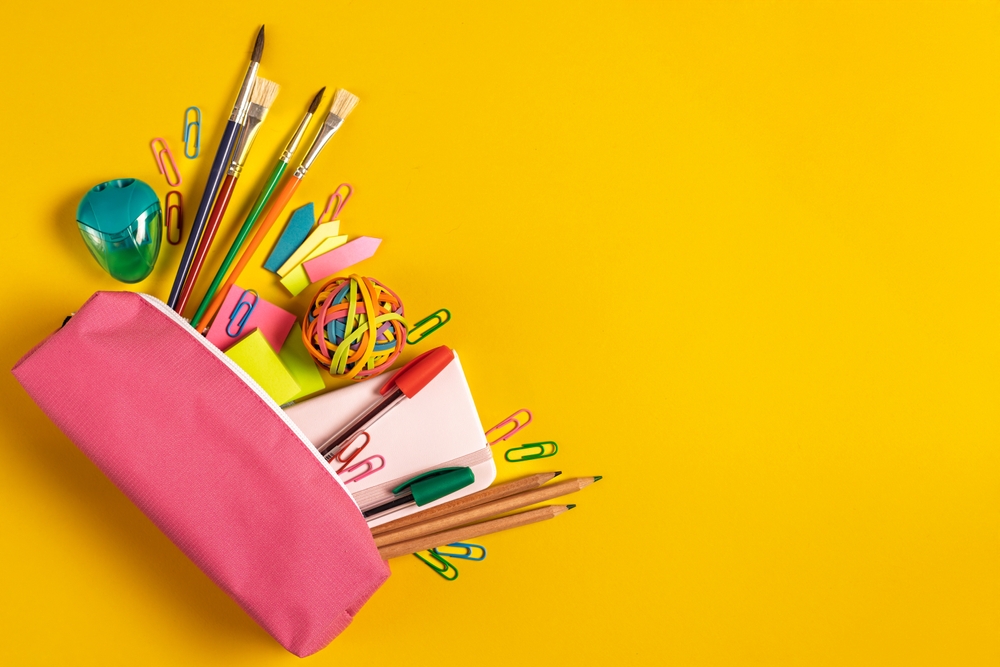
The allure of deluxe pencil cases, with their myriad compartments and sleek designs, can be hard to resist. They promise organization and style, yet often end up as cluttered as any basic case. Children can be rough with their supplies, and expensive cases are no exception. A simple, durable case can provide the same functionality at a fraction of the cost.
Focus on features like zippers, compartments, and material durability when selecting a pencil case. Personal touches, such as charms or patches, can be added to make it unique. This approach ensures that your child has the organization they need without the extra expense. In the end, it’s the tools inside that count most.
14. Premium Pens And Pencils

Premium writing instruments often promise superior performance and comfort. Yet, in a child’s hands, even the finest pens and pencils are prone to loss or breakage. The quality improvement over basic instruments is often marginal in the context of schoolwork. Investing in mid-range options can offer a balance of quality and affordability.
Bulk purchases of standard pens and pencils ensure that replacements are always on hand. This approach reduces the pressure to keep track of costly items. Writing fluency comes from practice, not the pen’s price tag. It’s about the writing experience, not the instrument used.
15. Subscription Boxes

Subscription boxes for school supplies can seem like an innovative solution, offering convenience and novelty. However, they often include items that are unnecessary or repetitive. As a result, the cost can outweigh the benefit, especially if your child’s needs change. A curated box may not align perfectly with what your child will actually use.
Instead of subscribing, create your own box of essentials tailored to your child’s unique needs. This ensures they have what’s necessary without surplus. Periodic reassessments allow you to adjust as requirements evolve. Ultimately, personalization should be about practical use, not just novelty.
This article is for informational purposes only and should not be construed as financial advice. Consult a financial professional before making investment or other financial decisions. The author and publisher make no warranties of any kind.







